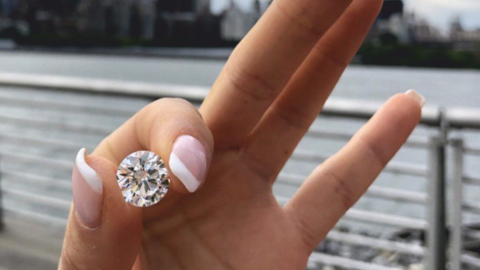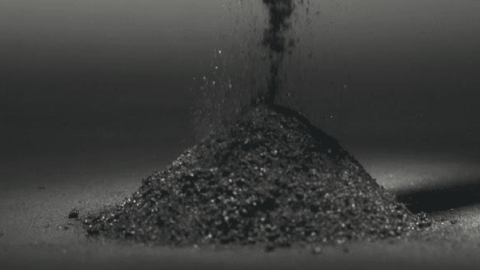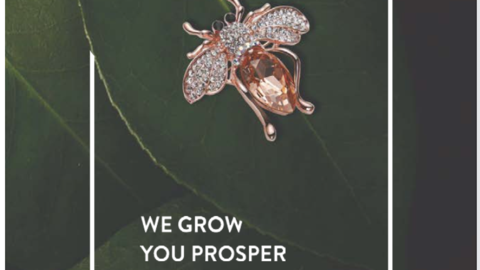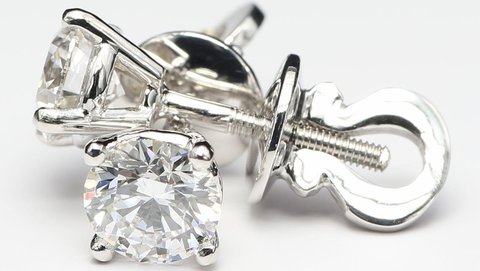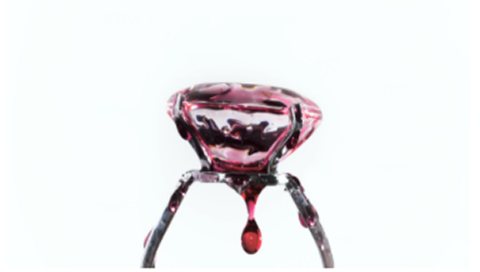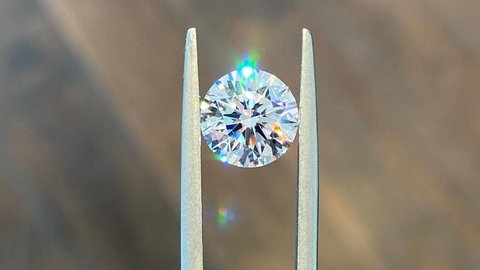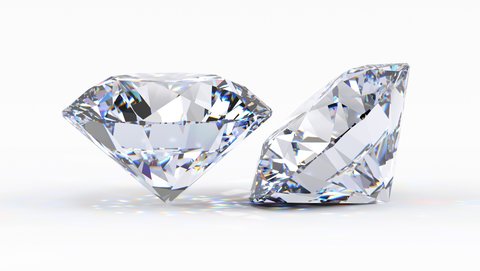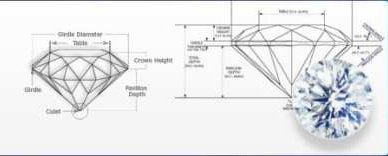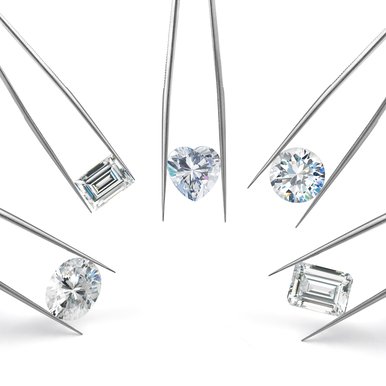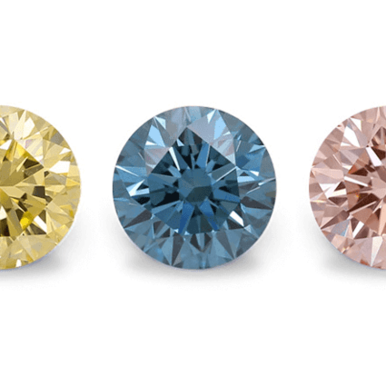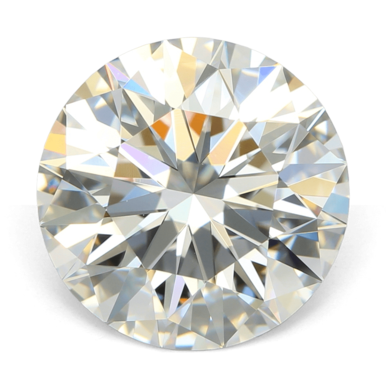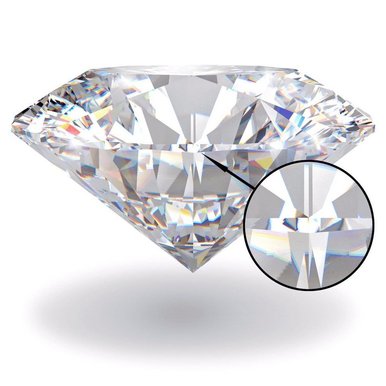Heart Cut Diamond Buying Guide
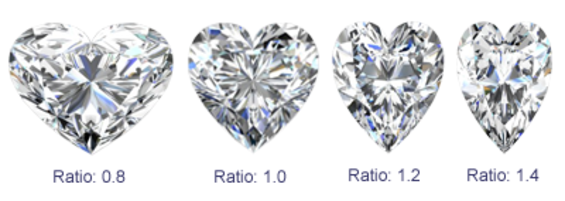
Shape
Heart is one of the most unique and rare shapes. The form and symmetry is everything with this cut, and the wrong ratio may ruin the appearance of otherwise beautiful diamond. The perfect length to width ratio of a heart shape is 1.00. The length of such diamonds equals their width, which helps establish the perfect symmetry and authentic look. The gemstone with a ratio that is lower than 0.90 will look 'chunky'. At the same time, the heart with the ratio of 1.10 or higher will seem too stretched and too thin. In order to have the best heart shape, going for a diamond that is as close to 1.00 as possible is a must.
The ratio is not the only thing to keep in mind. Size also matters.It is recommended to get a heart shape that is bigger than a 1ct (sometimes even 2ct), even if it means going with lower clarity and color to stretch the budget. Buying a diamond with lower carat weight is a risk, since nobody would be able to notice the unique and beautiful heart shape of the stone set in the ring.
Cut
The right size of the diamond’s table is also extremely important for a diamond to look good. Heart shape has a flat table which allows for a better light performance. Ideally, a table should take from 56% to 62% of the overall diamond's width. A small deviation of 2% is not terrible, and the diamonds with table percentages of 54% or 64% can still exhibit beautiful light play if there are no other cut flaws. However, heart shapes with larger differences in table percentage measurement are not recommended for purchase.
The width of the girdle can also influence brilliance, fire and scintillation of the diamond. Going for a very thin to slightly thick girdle is the best way with a heart shape. If the girdle is extremely thick or thin, it shouldn't be considered.
Heart Cut Diamond Table
| Excellent | Very Good | Good | Fair | Poor | |
| Table % | 53% - 63% | 52% or 64% - 65% | 51% or 66% - 68% | 50% or 69% - 70% | < 50% |
| Depth % | 58% - 62% | 56% - 57.9% or 62.1% - 66% | 53% - 55.9% or 66.1% - 71% | 50% - 52.9% or 71.1% - 74% | < 50% |
| Girdle | Very Thin to Slightly Thick | Very Thin to Thick | Very Thin to Very Thick | Extremely Thin or Extremely Thick | |
| Culet | None | Very Small | Small | Medium | > Medium |
The ideal depth percentage range of 58% to 62% allows for optimal light reflection and refraction, resulting in a balanced display of brilliance and fire. Diamonds with depth percentages outside this range may exhibit reduced light performance.
The girdle thickness should ideally fall between very thin and slightly thick to ensure durability without compromising the stone's beauty. A well-proportioned girdle strikes a balance between strength and appearance, while excessively thin or thick girdles may affect the diamond's integrity or perceived size.
When selecting a heart cut diamond, it is essential to consider these proportions and ratios alongside the diamond's carat weight, color, and clarity.
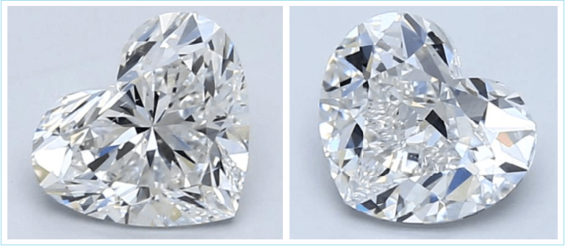
Since the heart is a very complex shape, there are some features that are unique for this cut. For instance, the cleft, which is the inward-facing point at the top of the diamond; and the point, which is the sharp edge at the bottom A heart shape with the point has an elegant appearance, where the diamond with a big cleft and almost non-existent point can seem disproportional.

Clarity
Heart shape is a brilliant cut, which means that it is good at hiding small imperfections just like round diamonds. Going with VS2-SI1 clarity grade is a great choice to get a gorgeous gemstone and not invest a fortune. The important thing to remember is that the diamond should be inspected before purchase. The gemstone with small inclusions closer to the edges will not be visible, but the heart diamond should be 'eye clean' to really look beautiful.

Color
Choosing the color is quite easy with heart shaped diamonds. Just like round brilliant diamonds, heart cuts can hide some amount of yellowish tints by exhibiting great amounts of light play and sparkles. Unlike emerald or asscher, heart shape doesn't need to be at least G-graded to look good. Diamonds with J and I color grades can still look white to a naked eye, so there is a room for saving money. However, going lower than the near colorless group is not recommended. Otherwise, there's a risk of purchasing a gray gemstone.


